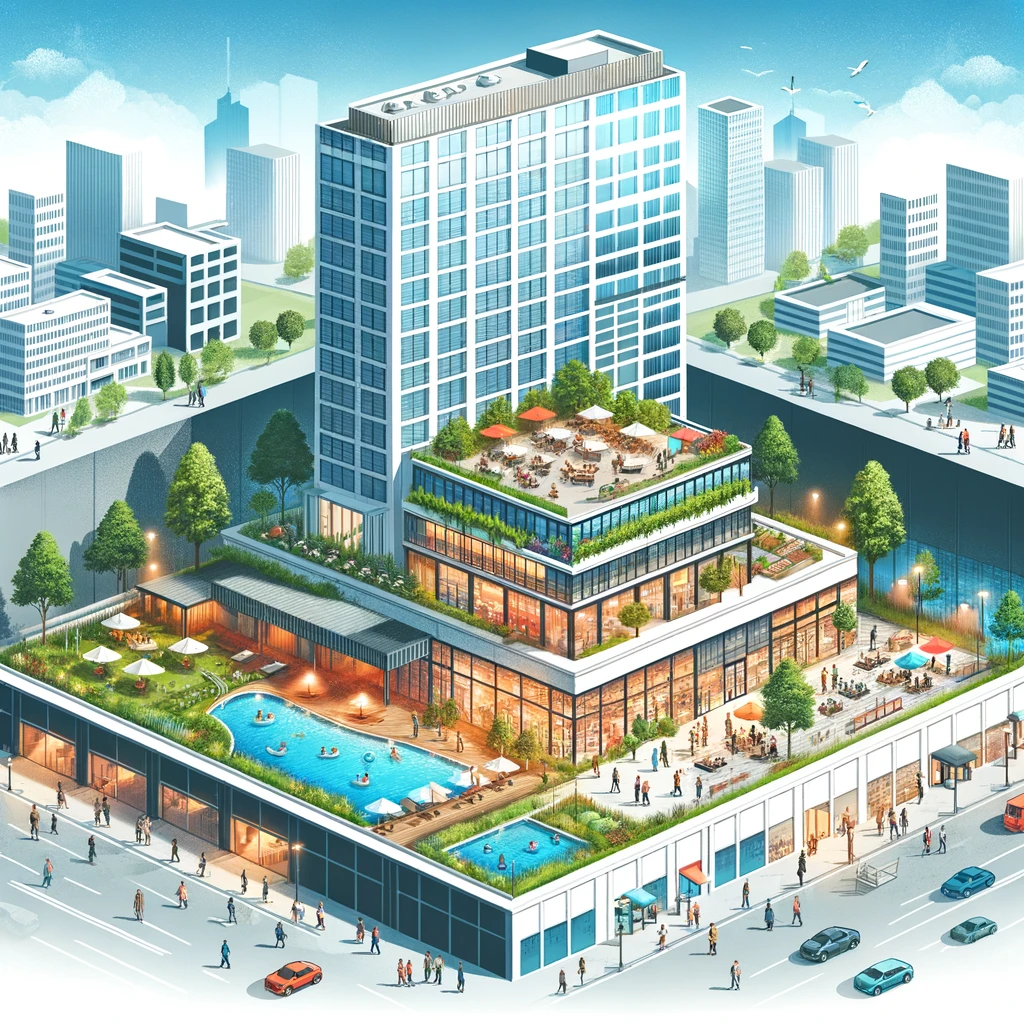
In the evolving landscape of real estate investment, a compelling trend is emerging: the repurposing of underutilized commercial properties into residential or mixed-use developments. This shift is not just a response to changing market demands but a strategic move by investors and developers to tap into new avenues for growth and profitability.
Commercial properties, once bustling centers of business and commerce, are witnessing a transformative phase. The rise of remote work and the changing consumer preferences are reshaping the demand for office and retail spaces. Savvy investors are recognizing the potential in these underutilized assets, seeing them as blank canvases for innovative real estate ventures.
The process of converting commercial spaces into residential or mixed-use properties is more than a mere change of function. It’s about reimagining the space to meet the current and future needs of urban dwellers. These projects often entail comprehensive renovations, from updating the infrastructure to suit residential use to integrating amenities that enhance the quality of life for residents.
The financial allure of such conversions is significant. Residential and mixed-use properties tend to offer stable rental incomes and can be more resilient to economic fluctuations compared to traditional commercial spaces. Furthermore, these developments can rejuvenate neighborhoods, boost local economies, and attract a diverse range of tenants, from young professionals to families looking for urban living solutions.
However, the journey from commercial to residential or mixed-use is not without its challenges. Investors must navigate zoning laws, building codes, and community expectations. The most successful projects are those that not only address these regulatory hurdles but also align with the broader goals of sustainable urban development, creating spaces that are both profitable and beneficial to the community.
The environmental impact of such conversions is another critical consideration. By repurposing existing structures, developers can reduce the carbon footprint associated with new construction, contributing to a more sustainable approach to urban development. This aspect is increasingly important to investors who are conscious of their environmental impact and to tenants who prioritize sustainability in their living spaces.
Looking ahead, the trend of repurposing commercial properties is set to grow, driven by the dual forces of necessity and opportunity. As urban centers continue to evolve, the ability to adapt and reimagine real estate assets will be a key differentiator for investors and developers. Those who can anticipate and respond to the shifting landscape of real estate demand will be well-positioned to capitalize on the opportunities presented by these transformative times.
In conclusion, the repurposing of underutilized commercial properties represents a frontier of opportunity for the real estate sector. It embodies a strategic response to the changing market dynamics, offering a pathway to not only financial returns but also to more vibrant, sustainable, and adaptive urban environments. For investors and developers, the message is clear: the future of real estate investment lies in the innovative and thoughtful reimagining of spaces, where the value is not just in the bricks and mortar but in the potential to create meaningful and sustainable urban habitats.